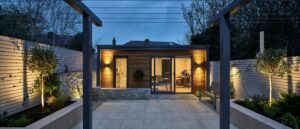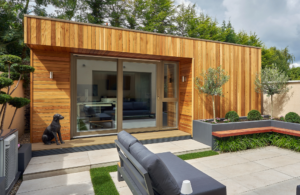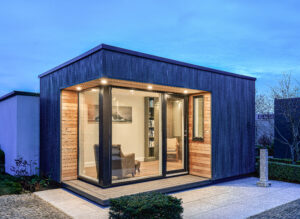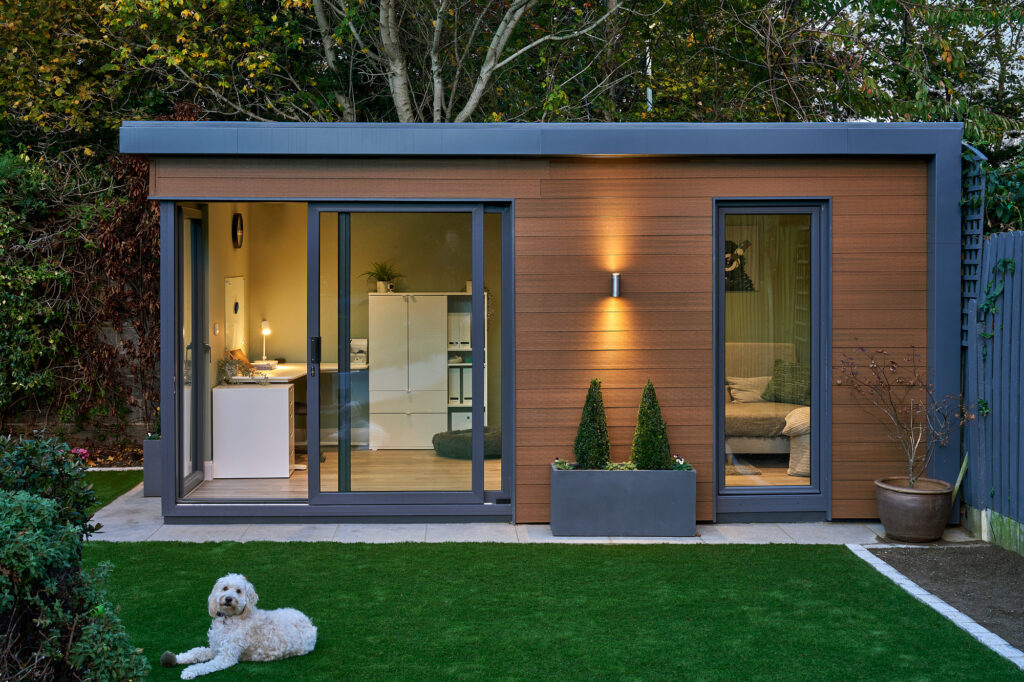In the first of a series of blogs about the energy performance of buildings, we reminisce about the homes of the ’70s and ’80s.
Building Energy Performance – Where We Were
If you can’t remember yourself, ask your parents what houses were like up to the 1970s. A house had single glazed windows, fitted with putty and did almost nothing to hold out the cold of the winter months. To add insult to injury, houses built after WW2 had steel windows due to a shortage of timber. Steel is a good conductor, so temperatures indoors dropped further.
Most houses had chimneys and fireplaces for four or five rooms. Not bad when the fires were going, but causes of cold draughts when not in use. Often, there was only one room warm enough to be comfortable—maybe two rooms had fires lit in the evening or on special occasions. Walking around a house in t-shirts and shorts was a no-no. The upside was that families were thrown together whether they liked it or not.
All that to say: houses had no insulation worth talking about, leaked with draughts and the source of heating was a range (solid fuel cooker) or a fireplace. If you don’t remember, ask your parents or an older friend about the Superser or the 2 bar electric heaters… you think energy is expensive now?! Those two were guzzlers—but lifesavers too!
The arrival of the ’80s, was a period of transition when we started to realise exactly how much energy we were wasting. Glazing and central heating changed the way we lived in our house as well as the energy performance landscape.
Double Glazing
Though double glazing was around for a bit longer, it didn’t become mainstream in Ireland until the 1980s. In the ’80s, double glazing was nothing like it is now. The gaps between glass were small and the gas seal of the double-glazed unit wasn’t great, but still an improvement over single glazing. Now, double glazing and triple glazing are well developed products with high performance.
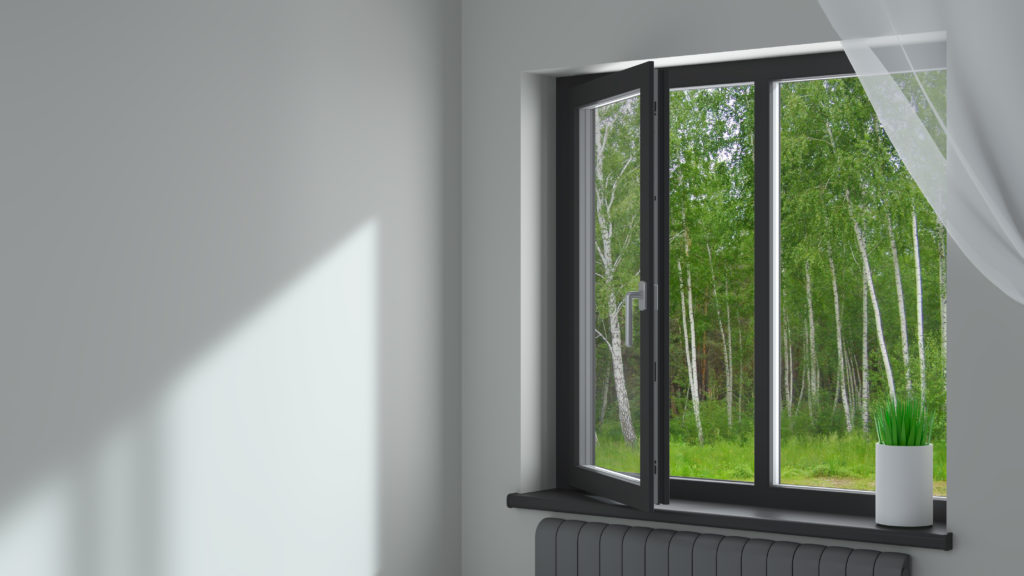
Central Heating
The arrival of central heating was revolutionary. A number of rooms in the house could be warm (well, let’s say bearable) in the depths of winter. Central heating was fuelled by solid fuel in ranges and back boilers or by oil-fired burners located in their own little bunker. Nowadays, for city dwellers, central heating is gas-fuelled by very efficient and modest burners in the home.
While central heating and double glazed windows were a huge step forward for Irish homes, our next blog in this series will look into the focus that then came on the thermal performance of the whole house.
